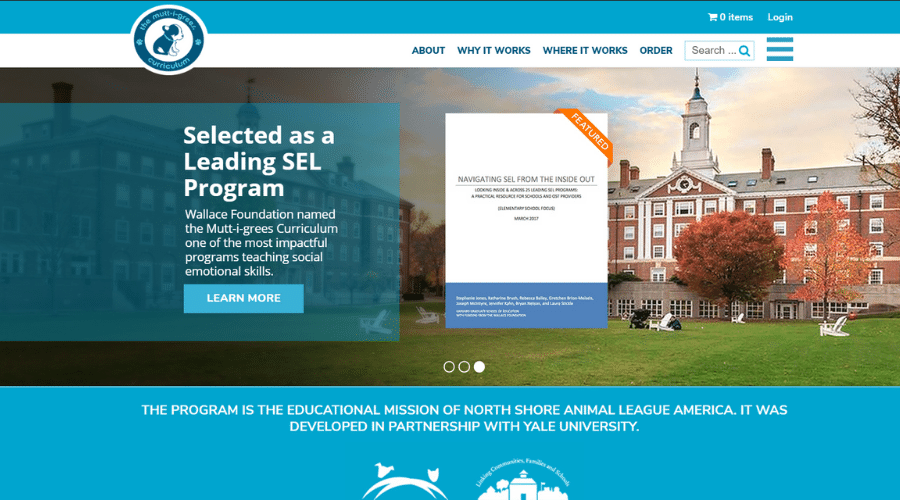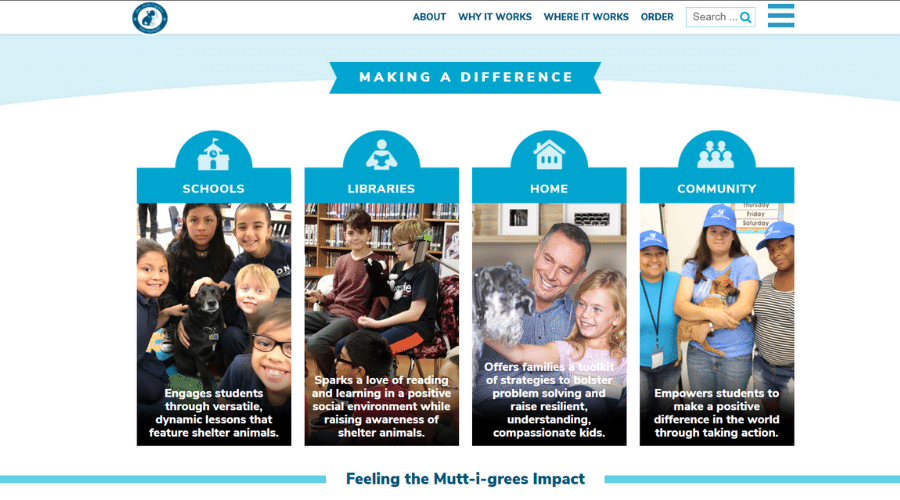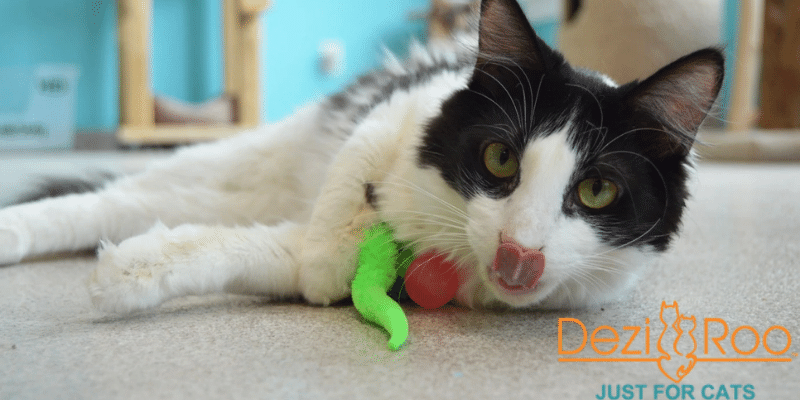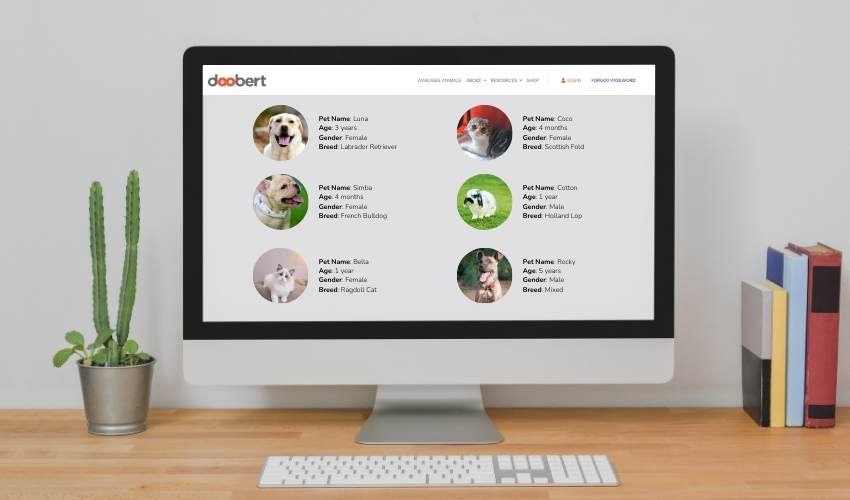People love pedigrees. In fact, according to a 2021 report, potential pet parents are willing to spend between $500 to $15,000 just for the chance to own a purebred dog.
Considering the seemingly higher value that people place on animals with pedigrees, North Shore Animal League America developed Mutt-i-grees, an innovative Pre-K-Grade 12 social-emotional learning (SEL) program that aims to make a difference in students’ social and emotional well-being.
About Mutt-i-grees

Thomas Frisina works as the Social Media and Outreach Coordinator for the Mutt-i-grees Curriculum. Meanwhile, Jayne Vitale is the Director of Education and Youth Programs at North Shore Animal League America.
According to them,
“The mission of North Shore Animal League America was always: rescue, nurture, and adopt. But in the last couple of years, they added ‘educate’, so that’s what Tommy and I do. The organization believes that this is the next chapter in animal welfare. It’s now to educate. Otherwise, how are we ever going to end euthanasia unless people understand what’s going on?”
Indeed, many people associate pets with pedigree with a higher status. But, Thomas and Jayne opined that we shouldn’t treat them as “better” just because they cost more.
Instead, they advise treating animals just like you’d do with people. To be specific, one’s bank account—or, in this case, a pet’s pedigree—should not be the sole factor you should use to determine whether they’re a good thing or not.
To elevate the status of non-pedigree shelter pets, North Animal League America partnered with Yale University School of the 21st Century. The latter initially set out toward an SEL curriculum in an effort to address children’s mental health a while back.
Jayne elaborated,
“One in five kids suffer from challenges with mental health. So, we thought, ‘What better way to do that than to bridge it with humane education?’ Most people think, ‘Oh, humane education is being nice to animals’. But that’s really not the true definition of humane education. Humane education is caring about oneself, caring about others, environmental stewardship, social media responsibility, and taking action in your community.”
Mutt-i-grees on Teaching Socio-Emotional Skills
Named one of the programs with the most impact as far as teaching social and emotional skills goes, the Mutt-i-grees Curriculum is also the educational mission of North Shore Animal League America.
Its mission is to cultivate empathy, awareness, diversity, and resiliency to encourage a more humane future.
As a matter of fact, about 5,000 schools, programs, and communities have already been established to make it easier for people to make a difference.


Jayne and Thomas added,
“And that’s really the crux of our—the curriculum, with service learning at its space… It’s all about showing that, no matter what… no matter your age, you can make positive change in your community happen…”
The Mutt-i-grees Curriculum’s Ambassador Program, for instance, helps empower students to do something that would benefit rescue pets, such as promoting rescue or implementing other projects that would just be beneficial to them.
The team simply gives schools a $500 grant to support their project and help get their initiative started.
So, whether you’re creating posters or volunteering, what is important is that children learn the importance of animal rescue.
This includes teaching them that even in their own little ways, they have the power to make a positive difference in their community.
Learn more about the Mutti-i-grees Curriculum!
Visit their website at https://education.muttigrees.org/.















